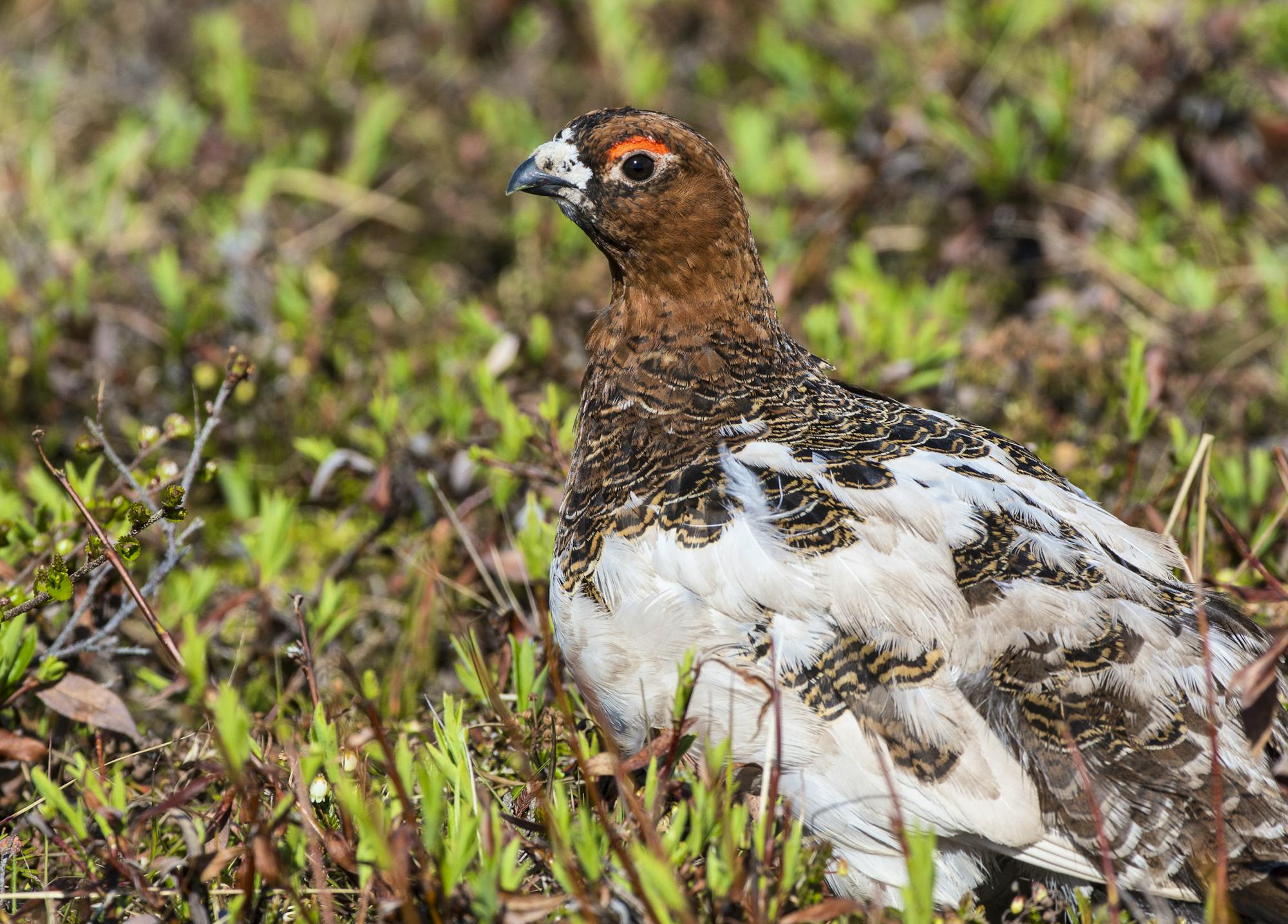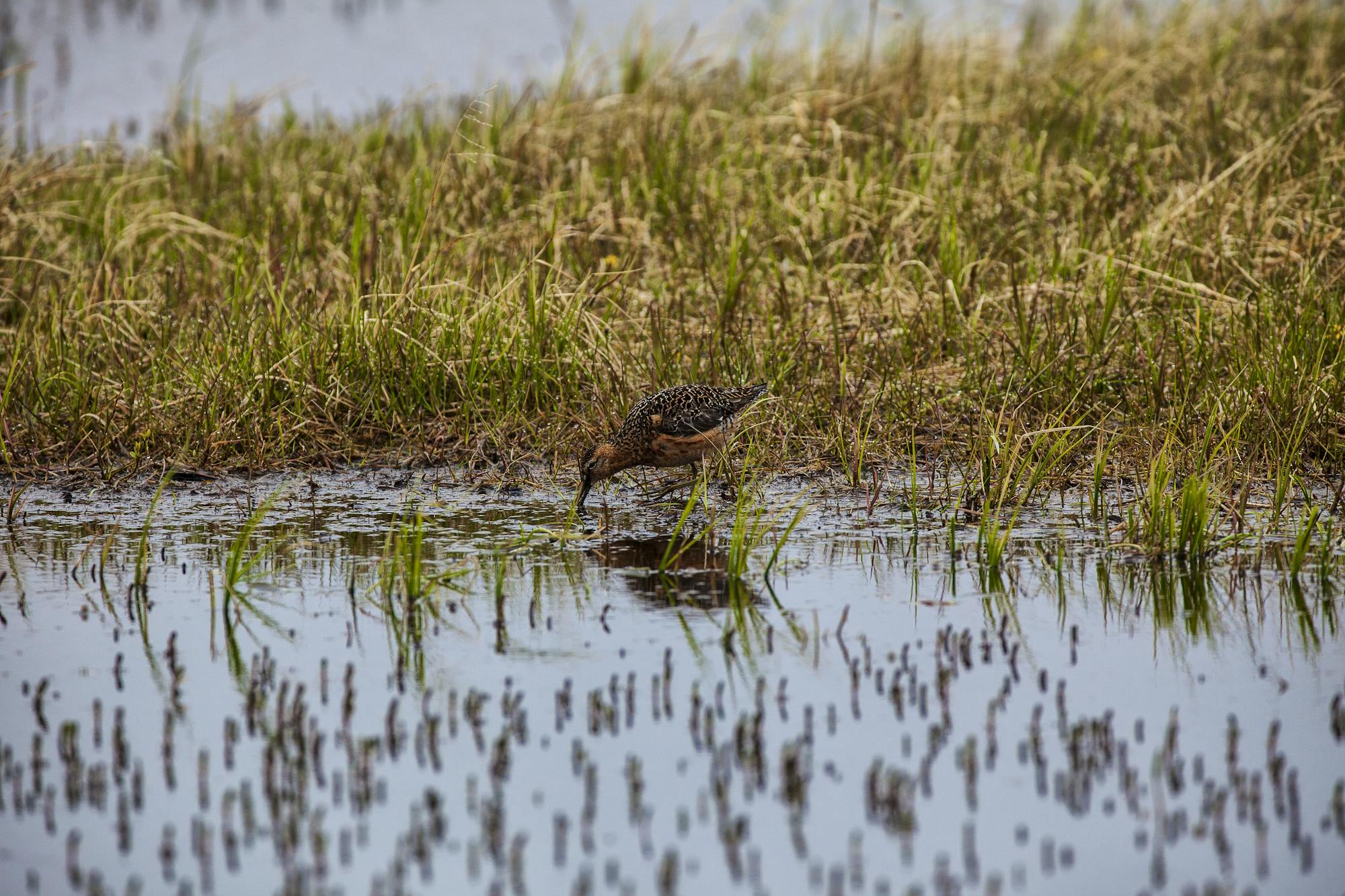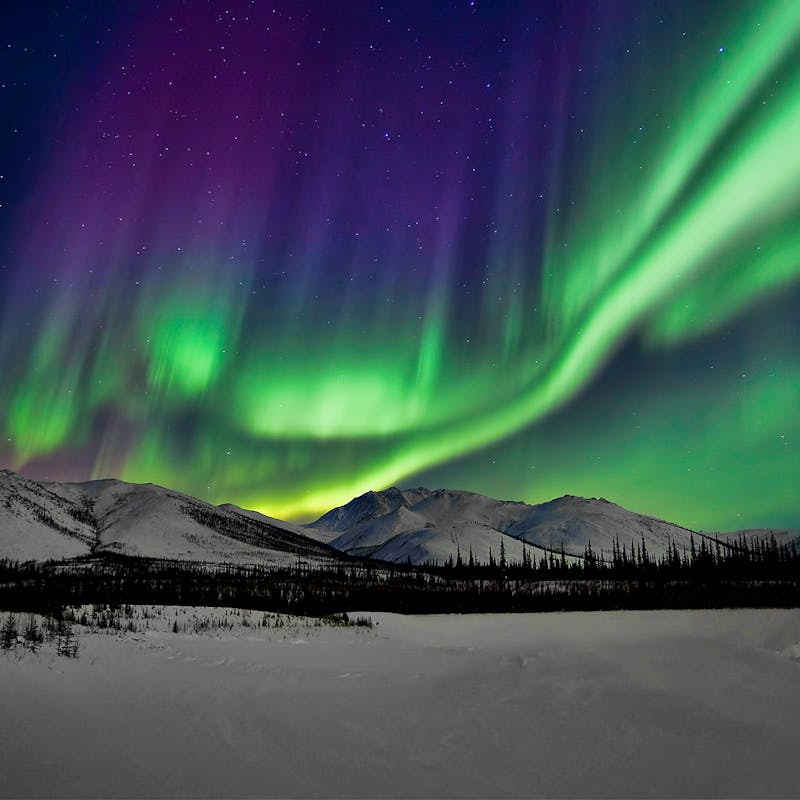New Development Endangering the Western Arctic
I’ve been fortunate to visit the western Arctic numerous times during my conservation career to witness its importance to wildlife and the surrounding communities. By far the most incredible birding experience I’ve ever had happened while participating in data collection and banding efforts at a bird research field station along the Ikpikpuk River.
Birds were everywhere — a veritable crossroads from all continents — with flocks flying overhead, birds protecting their nests on the tundra, laying on eggs and calling into the evening. One afternoon in the banding tent I held and then released a dunlin that had been banded along the river the year before and photographed that winter in Japan. I’ve also spent time at Teshekpuk Lake — where I walked through fields of cotton grass spotting caribou, fox, molting geese and snowy owls eyeing the tundra — and at Nuiqsut and Utqiagvik (formerly Barrow), where community members live off the bounty of the area, fishing, berry-picking and hunting.






The western Arctic is a place full of life, and to imagine it could be converted into an oil and gas industrial zone is difficult to fathom. But the Trump administration’s plan to push oil drilling at the expense of conservation in the National Petroleum Reserve – Alaska (Reserve) would do just that to this unparalleled wildlife habitat and wilderness landscape, threatening caribou, migratory birds, imperiled polar bears and much more.
While the reserve’s name conjures up a vision of an area filled with pipelines, roads and flaring well pads, this part of Alaska’s western Arctic covers 23 million acres — similar in size to the state of Indiana — of almost entirely wild land containing extraordinary wildlife habitat. Its many exceptional natural features include one of the largest wetlands complexes in the circumpolar Arctic, which contains the largest lake in Alaska’s Arctic: Teshekpuk Lake. The wetlands provide habitat for millions of migratory birds, caribou herds — including one of Alaska’s largest herds — brown bears, wolverines and critical habitat for threatened polar bears. It has coastal lagoons with whales, seals, walrus and sea ducks, along with countless fossils and historical and cultural icons. Inupiat peoples have lived and thrived in this rich, ecological region for many thousands of years, and they continue to do so in communities within or adjacent to the reserve.
In 1923, President Warren G. Harding established the reserve as an emergency oil supply for the U.S. Navy. Though some exploration occurred, no oil or gas developments ensued while the area was under the Navy’s jurisdiction, leaving it largely a wild landscape.
In 1976, Congress transferred the reserve to the Bureau of Land Management (BLM) with a dual mandate to allow for a competitive leasing program and to protect the extraordinary values of the Reserve, such as unique cultural, natural, fish, wildlife, scenic and historical values, and designated Special Areas.
By 1977, following congressional intent, BLM had established Teshekpuk Lake, Colville River and Utukok Uplands Special Areas, all of which Congress had identified as having special values when it transferred the lands. The U.S. Fish and Wildlife Service and the Environmental Protection Agency recognized the Colville River — the largest Alaskan Arctic river — as an Aquatic Resource of National Importance. River corridor’s bluffs in the Colville River Special Area provide important raptor, including peregrine falcon, nesting habitat. Since the 1970s, BLM has established two new special areas in other parts of the reserve: Kasegaluk Lagoon (2004) and Peard Bay (2013).
Those Special Areas and the wildlife they support are currently protected from exploitation, but the Trump administration is changing that. Interior Secretary Doug Burgum has directed BLM to return to a Trump 1.0 management plan that will open 82% of the Reserve to drilling, largely ignoring the mandate to conserve the extraordinary resources and Special Areas. BLM has also proposed to rescind a regulation that defined the Special Area boundaries and protected resources.
These changes will allow drilling in designated critical habitat for Southern Beaufort Sea polar bears, one of the most imperiled polar bear populations in the world; globally significant migratory bird habitat, including for the greatest density of nesting shorebirds in the circumpolar Arctic; and caribou calving, migration and insect relief habitat for the Teshekpuk caribou herd, a critical subsistence herd for Arctic Slope communities. Drilling will negatively affect Arctic communities closest to the development, such as Nuiqsut, because of additional land and air traffic, degraded air and water quality, and diminished subsistence resources.
Defenders of Wildlife is committed to conserving wildlife and their habitat in America’s Arctic and fully opposes the Trump administration’s plans for unfettered drilling in the Reserve. These plans would destroy or degrade polar bear critical habitat, exacerbate climate change impacts, degrade water and air quality, and harm wildlife and people in Arctic communities and throughout the nation. We cannot sit idly by as this unmatched wildlife habitat is turned into an industrial complex. This is especially true when considering the administration’s additional plans to develop the Arctic National Wildlife Refuge coastal plain for oil and gas in Alaska’s eastern Arctic. If we don’t stop these plans, we could see virtually all of Alaska’s Arctic turned over to the oil industry.
This blog was updated from a 2020 story to reflect current information.













